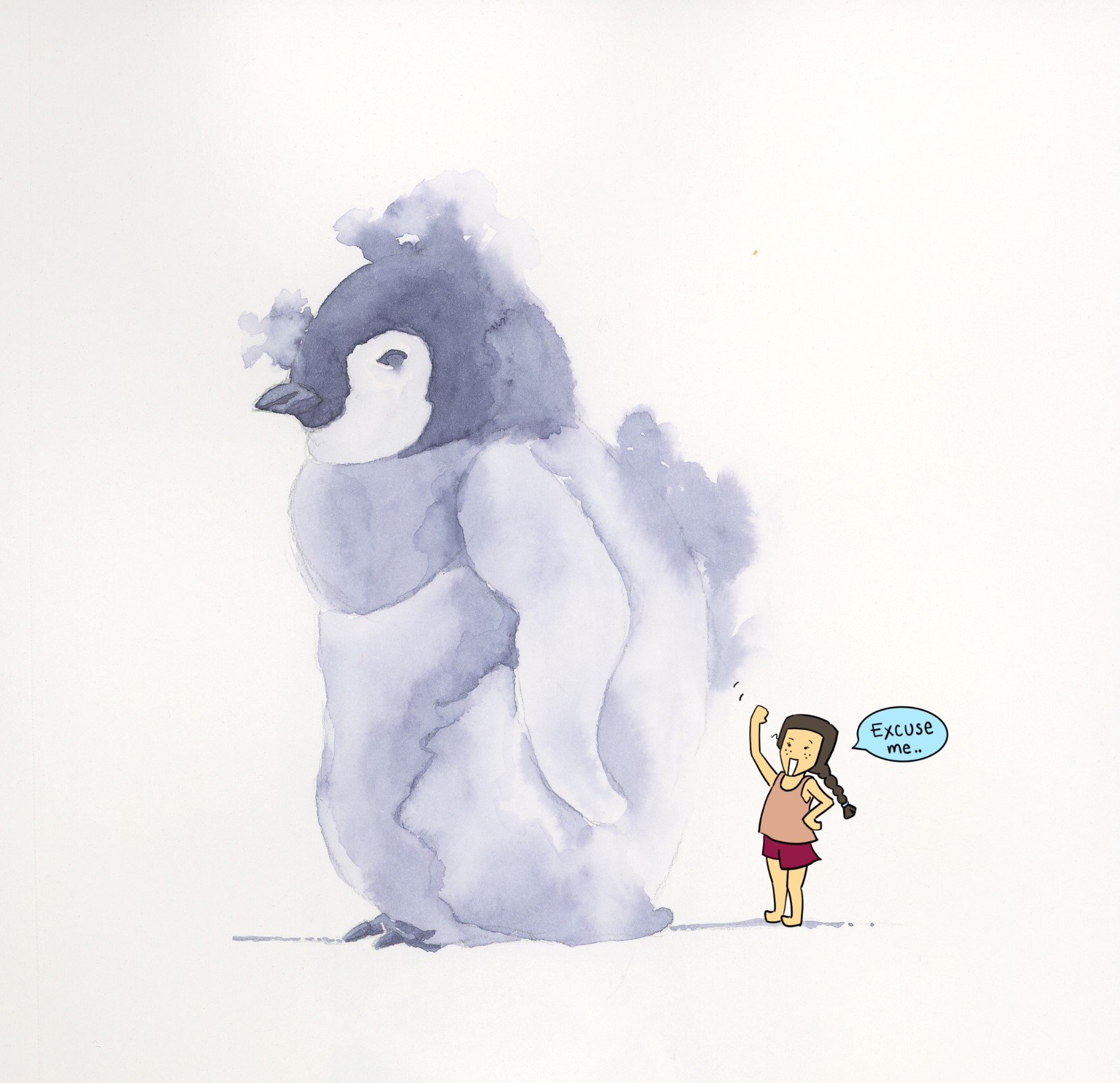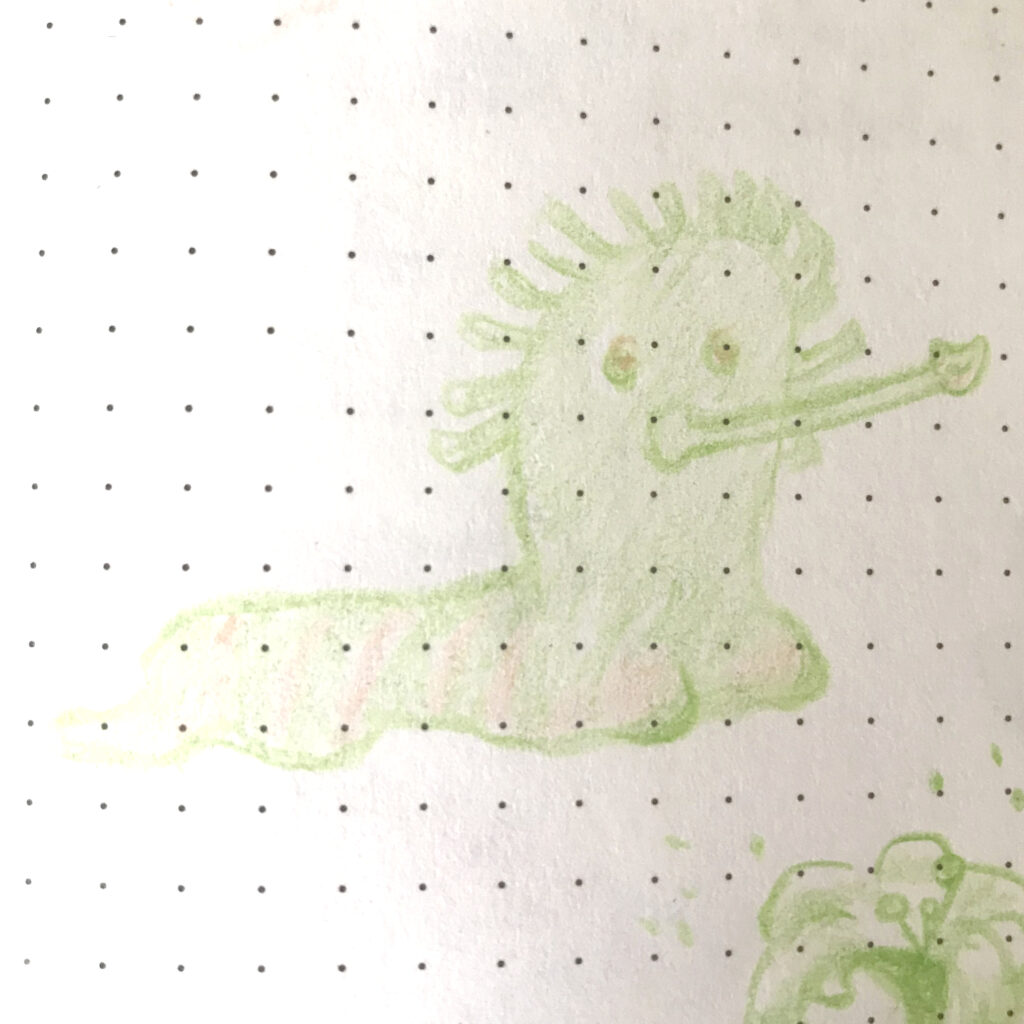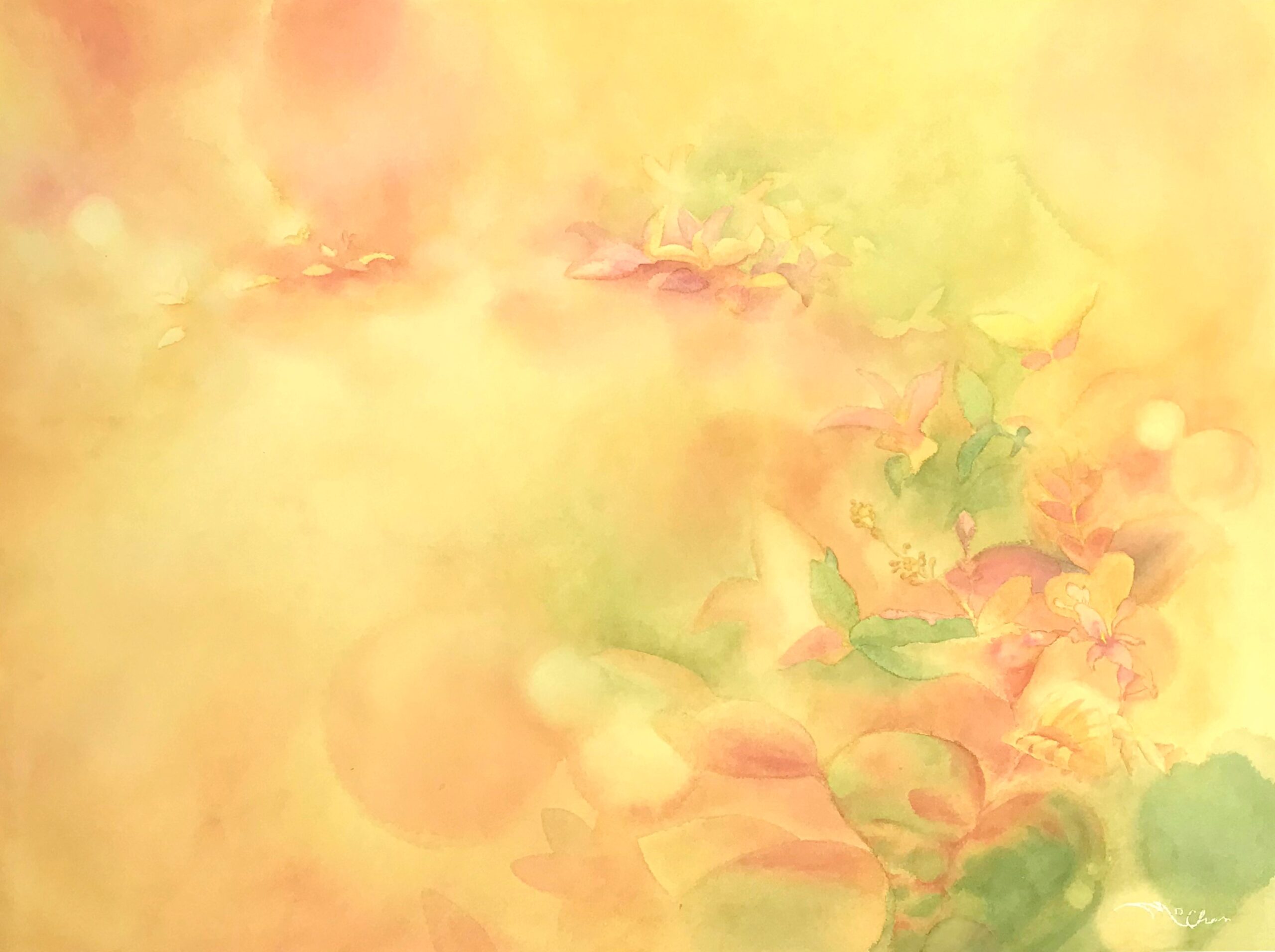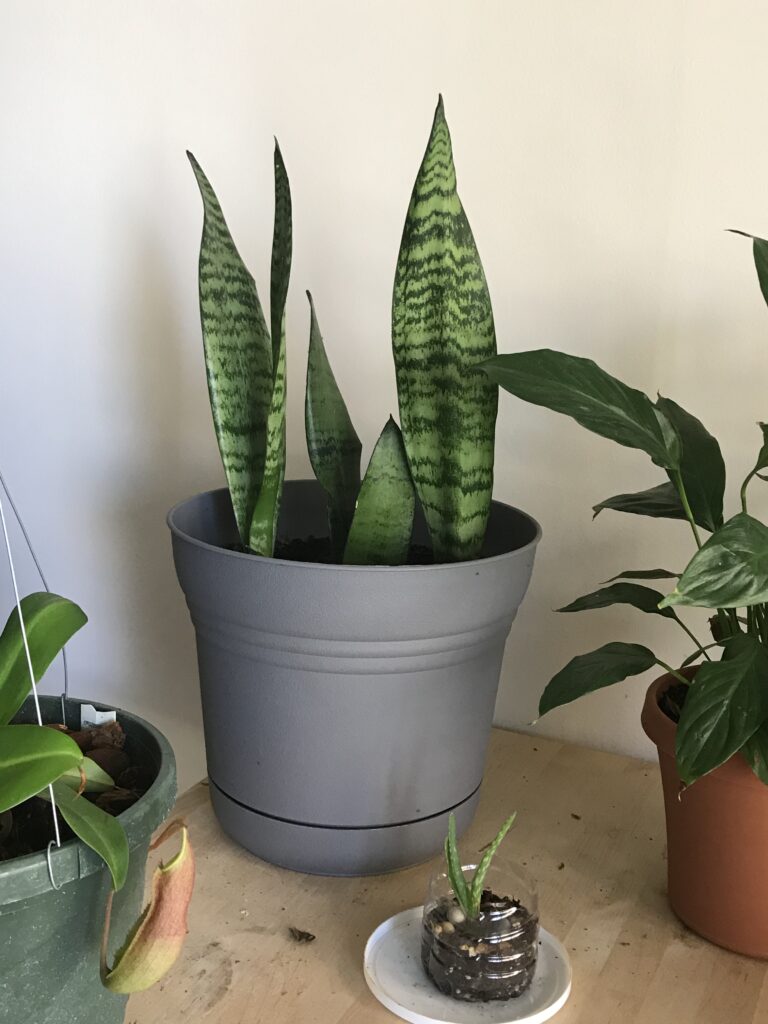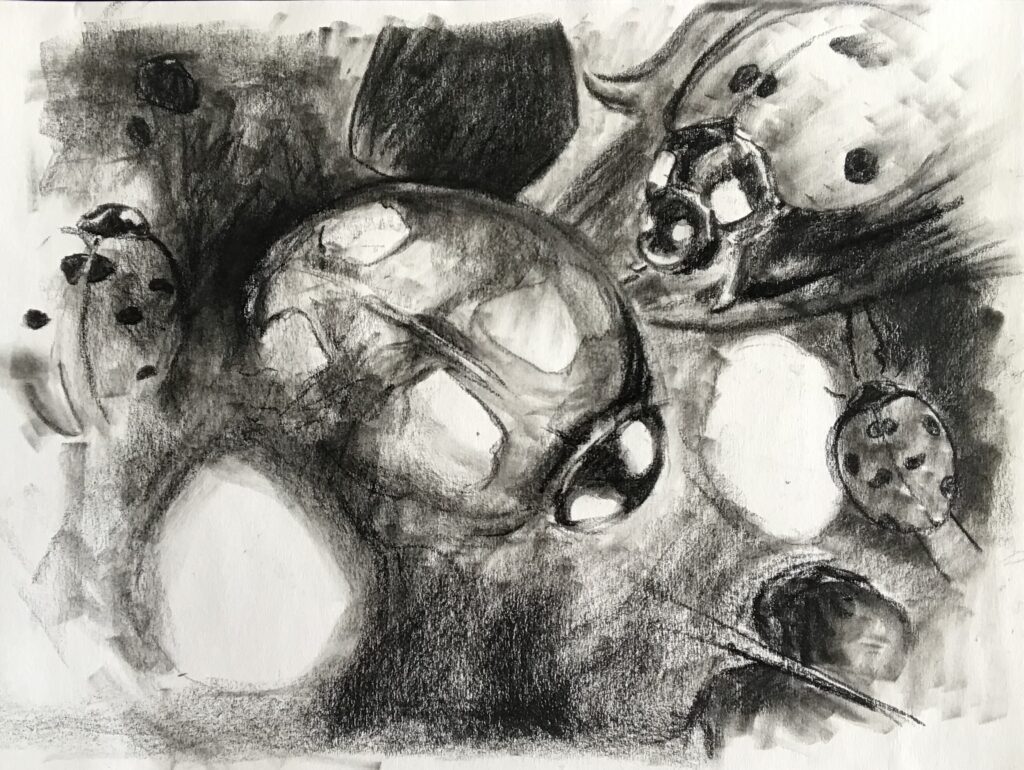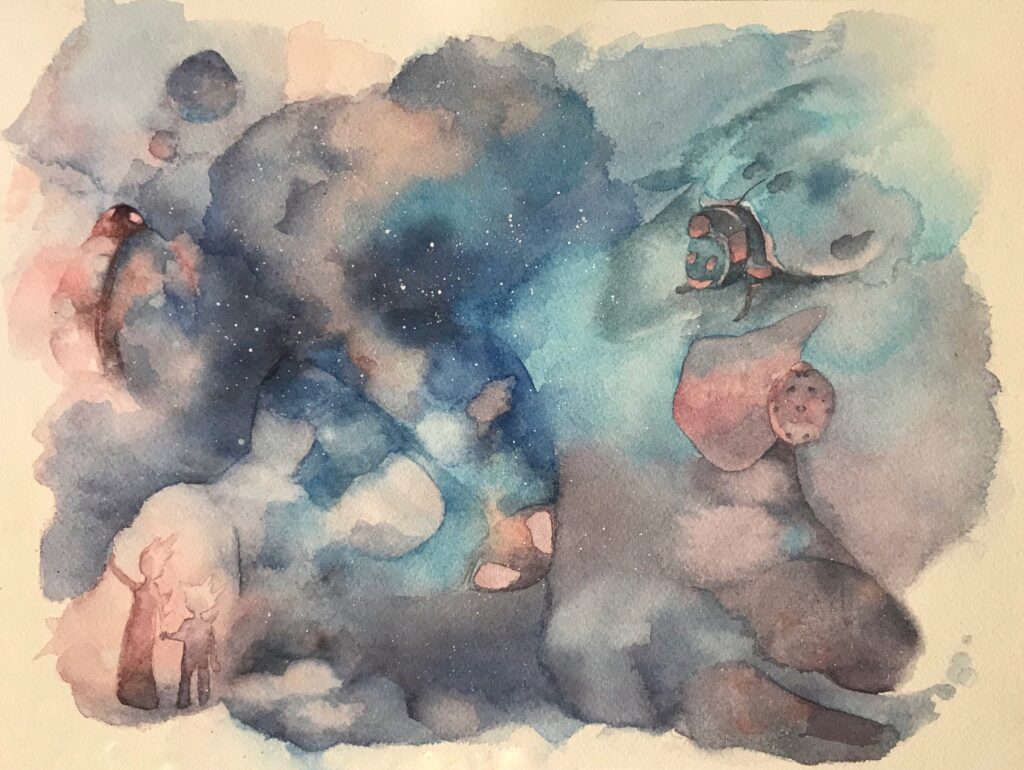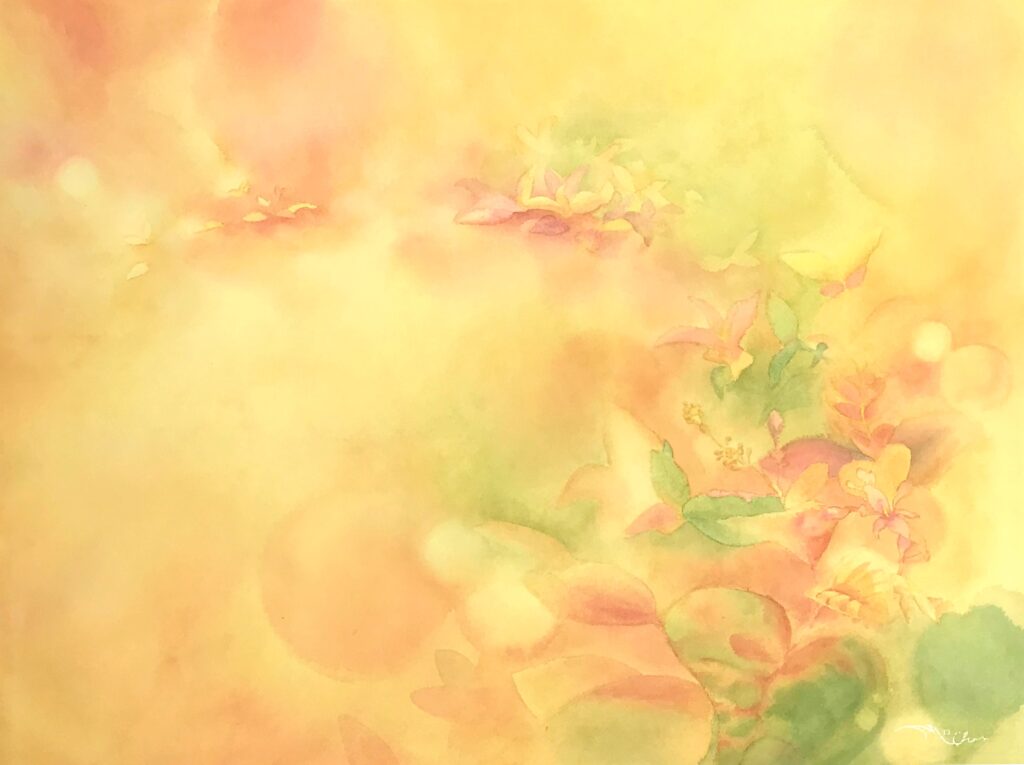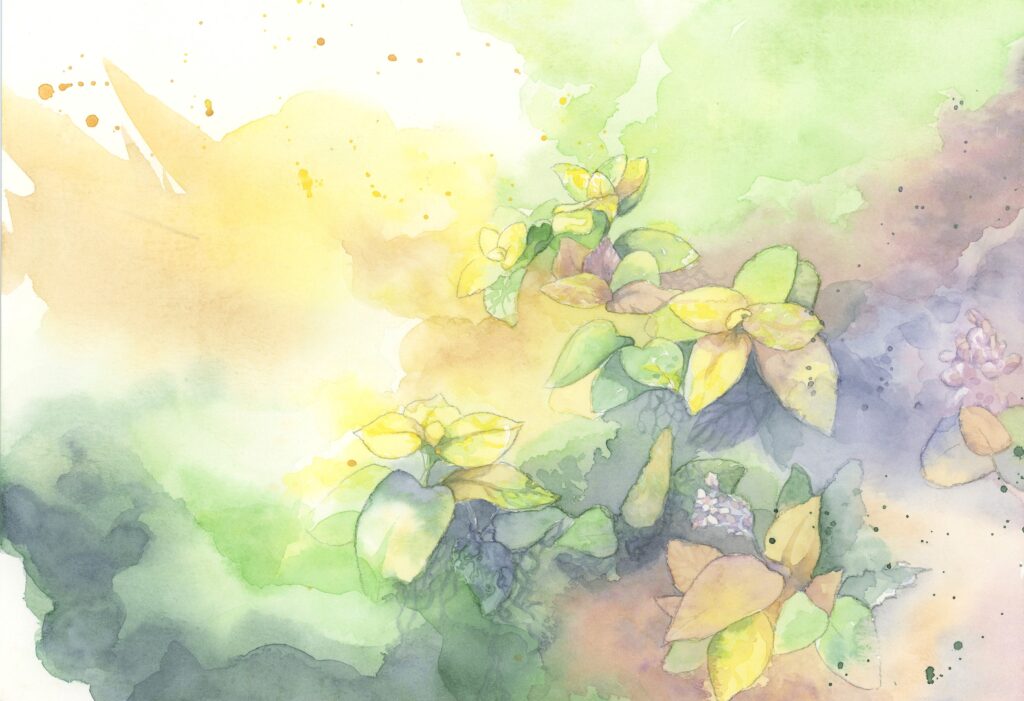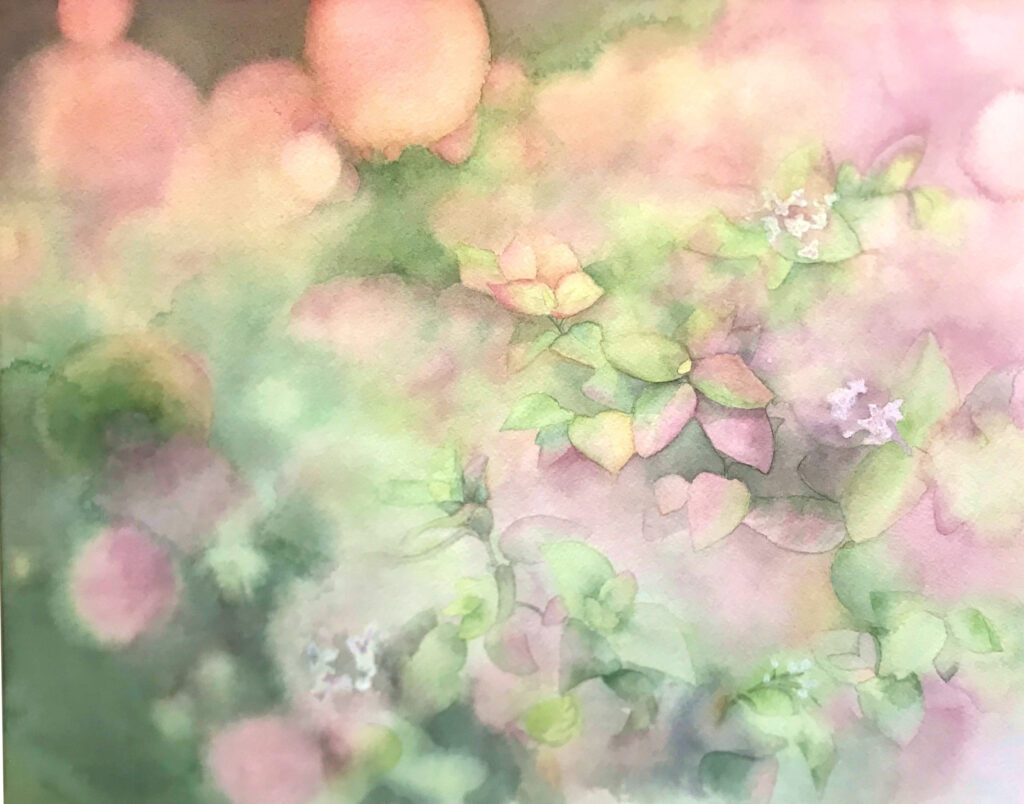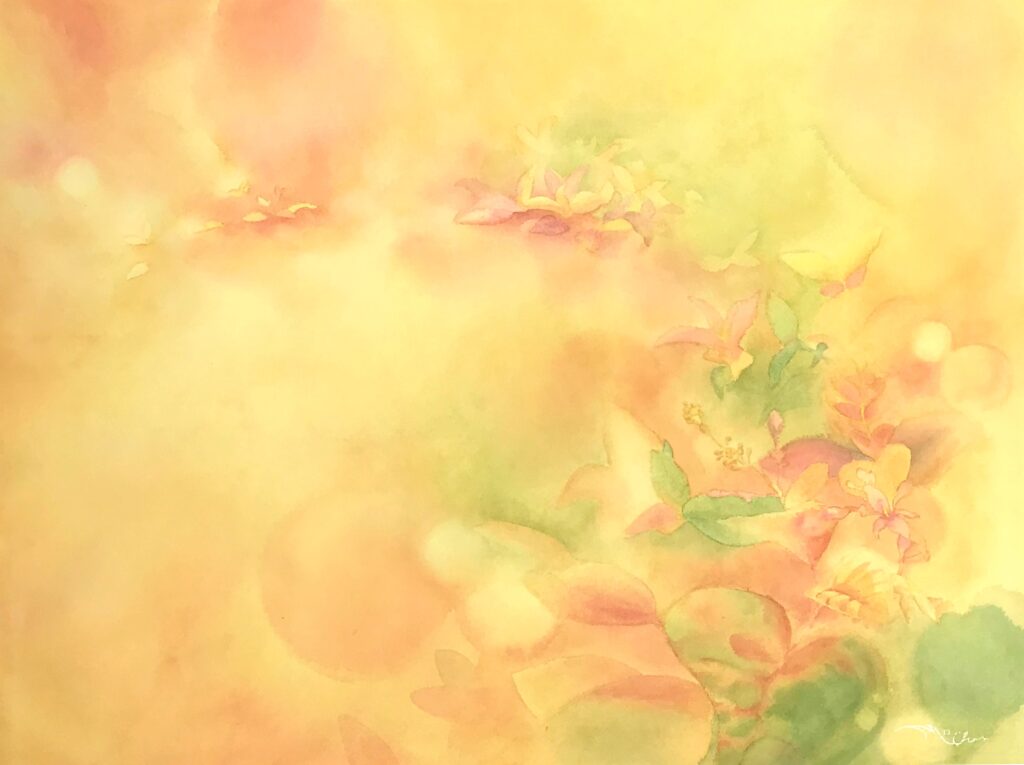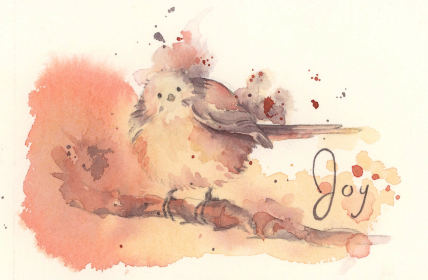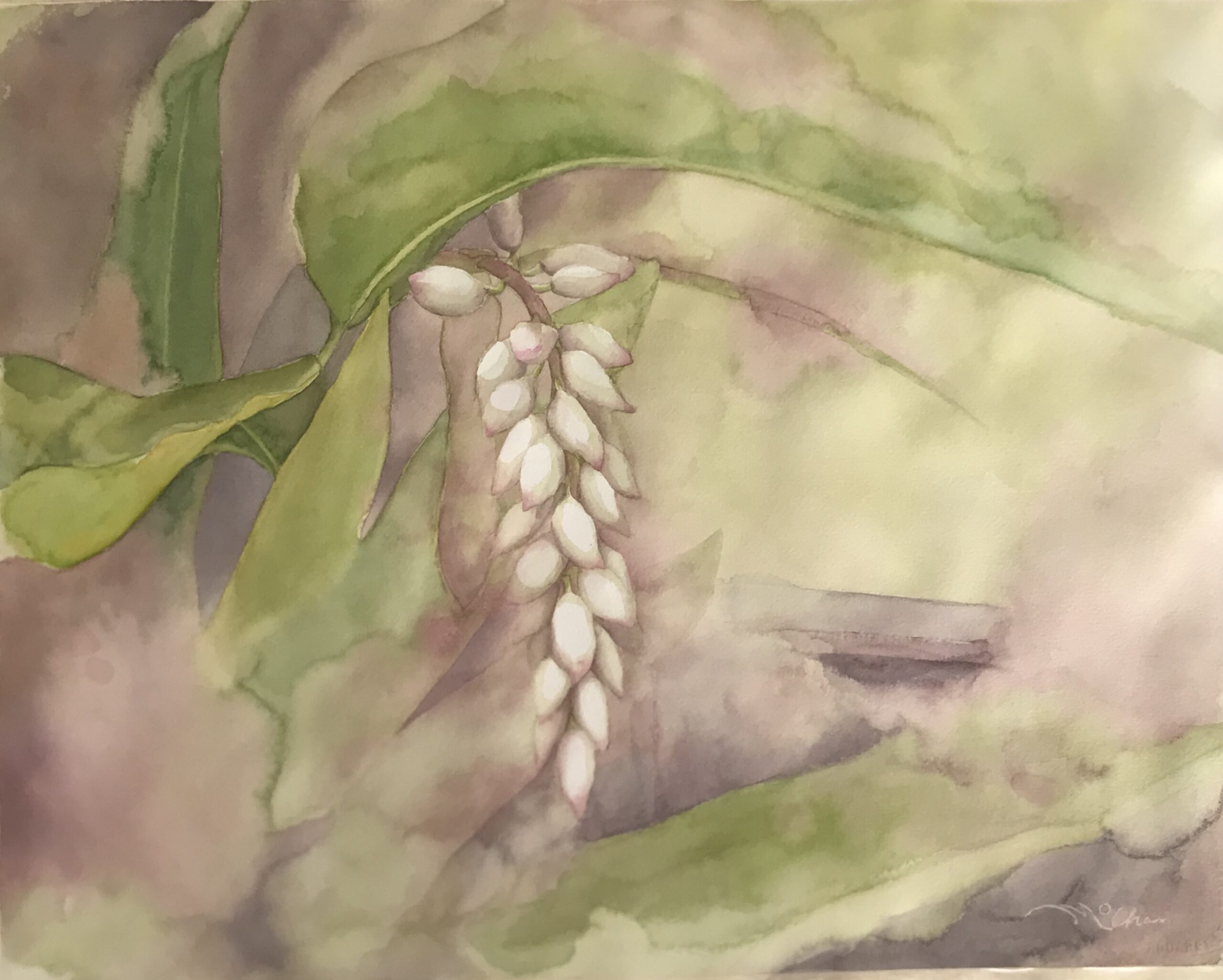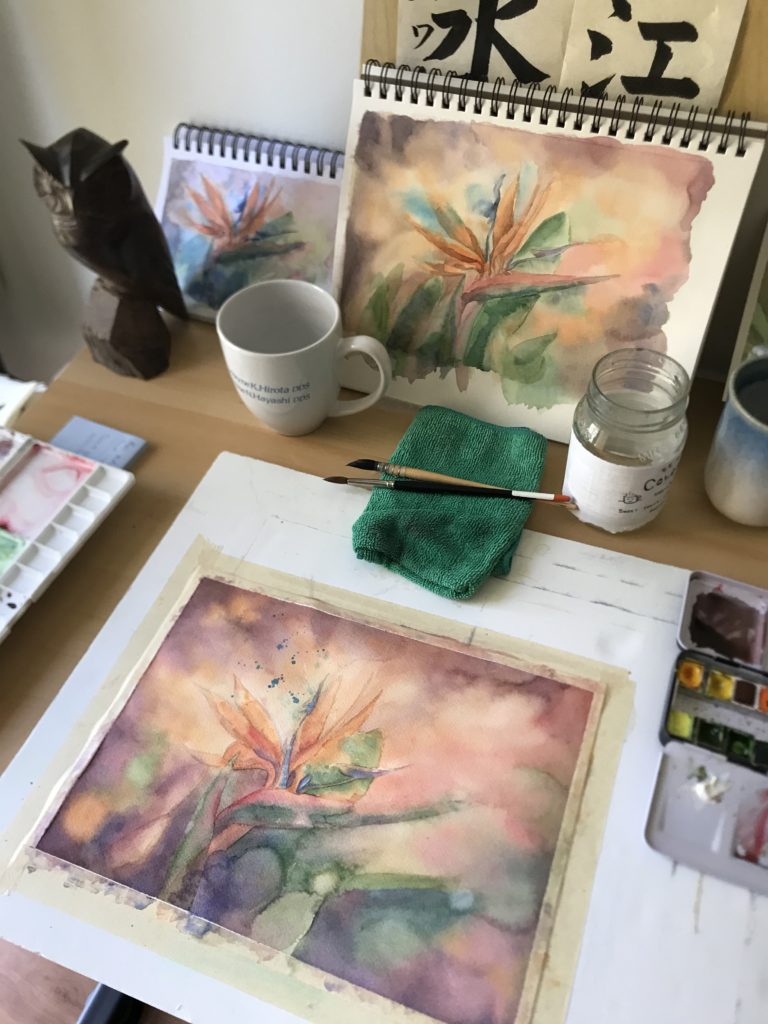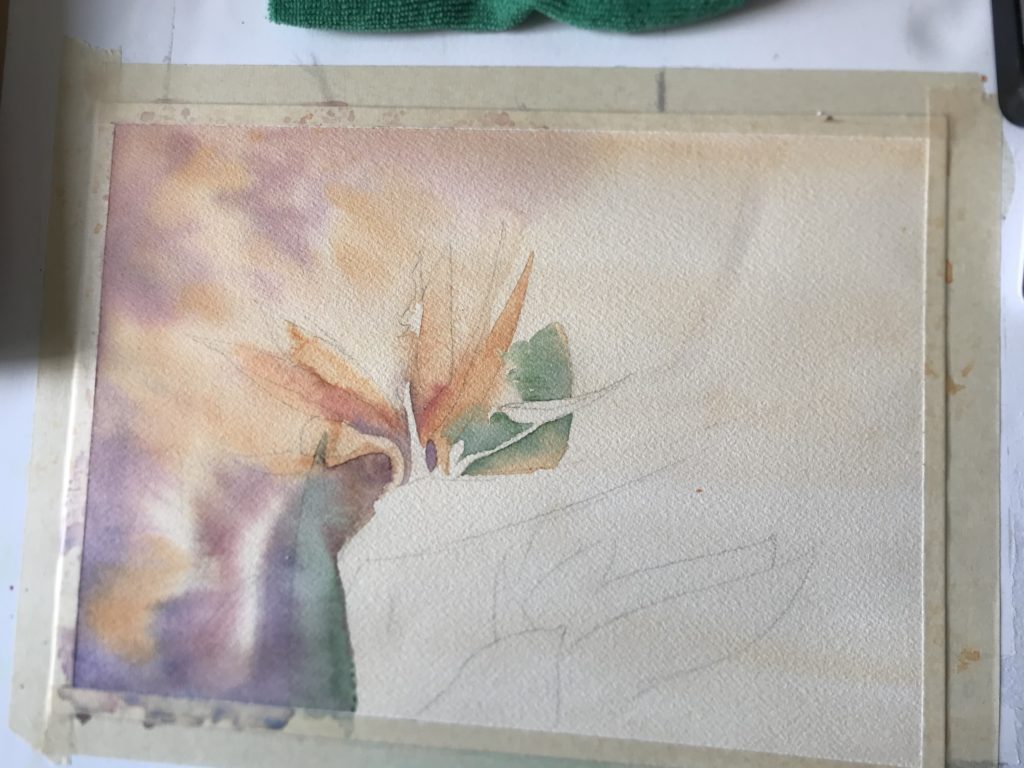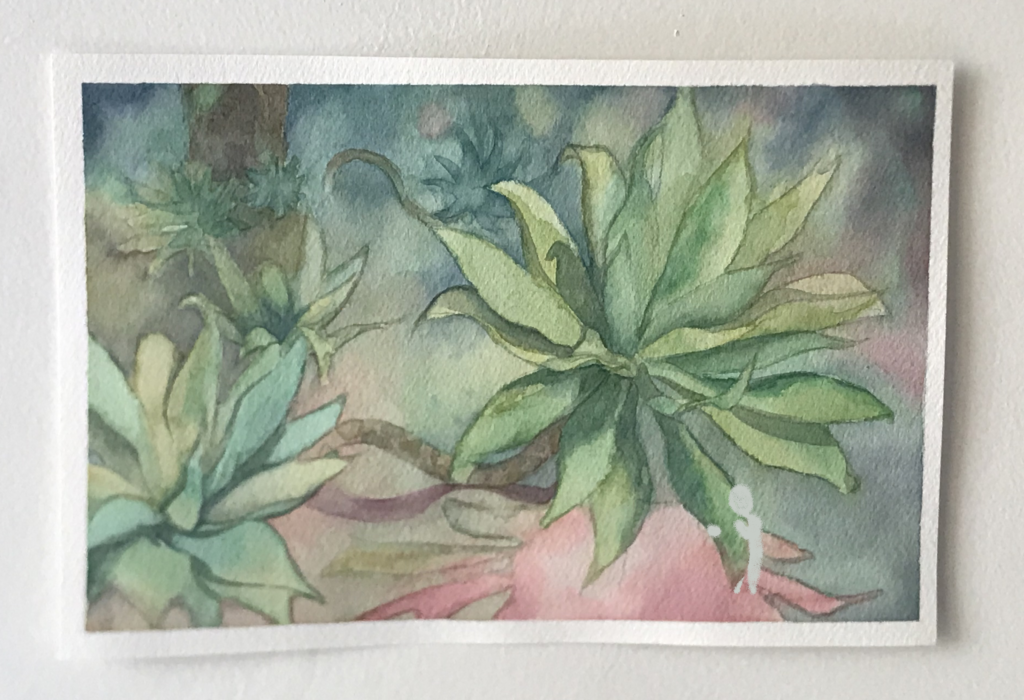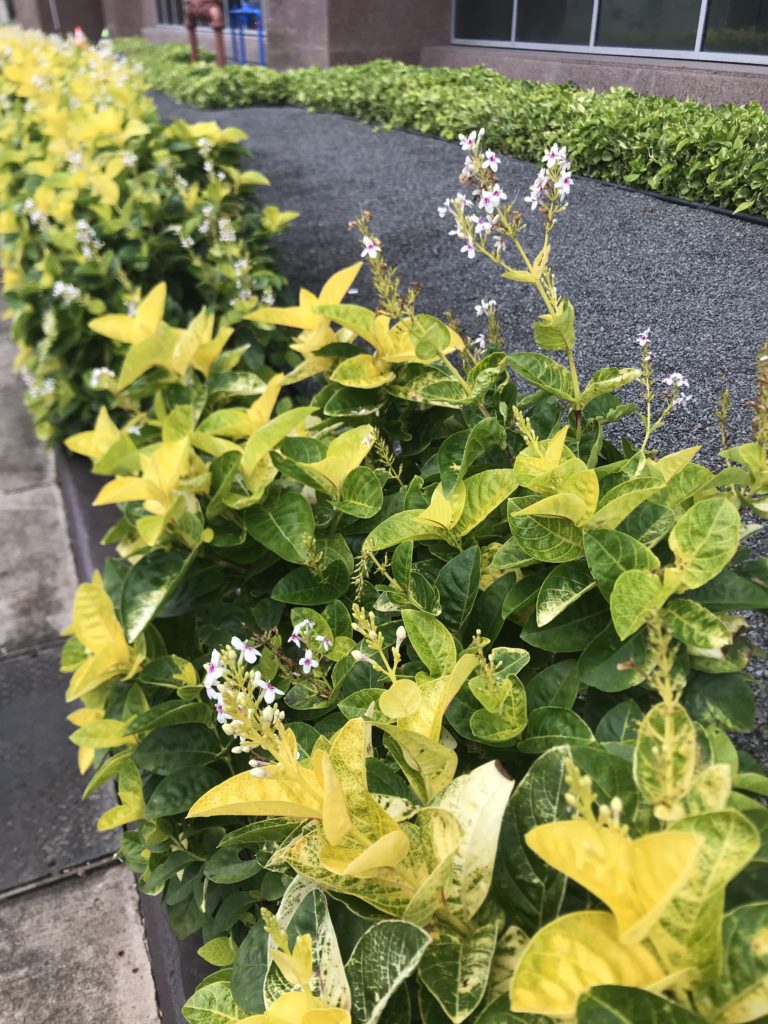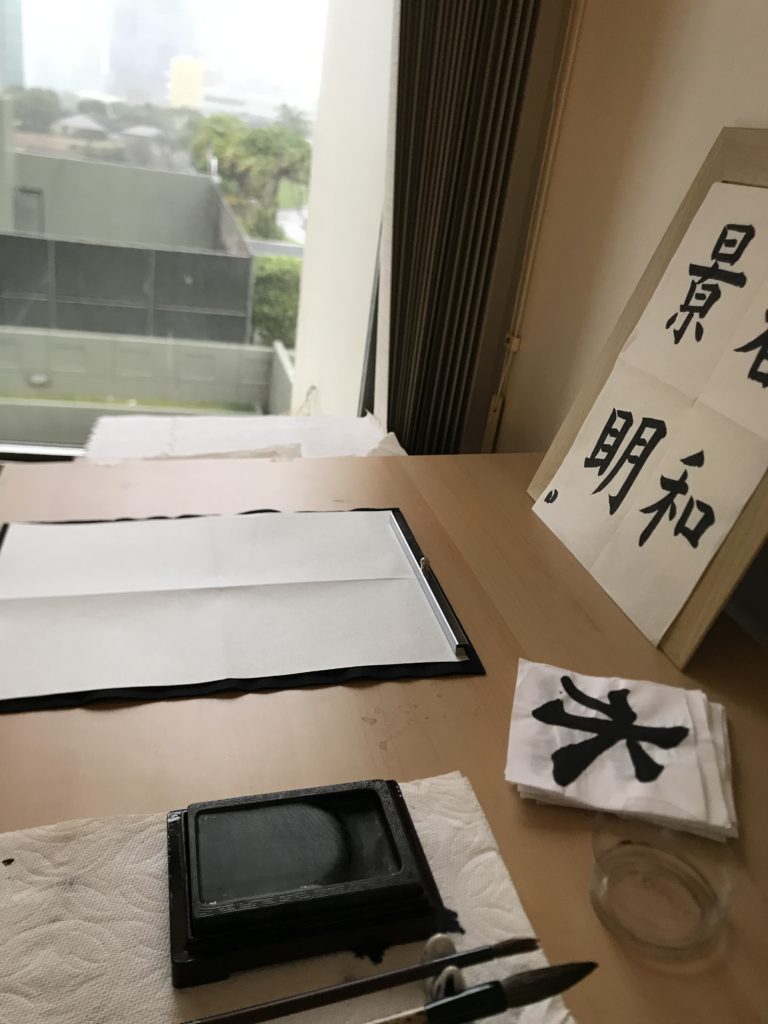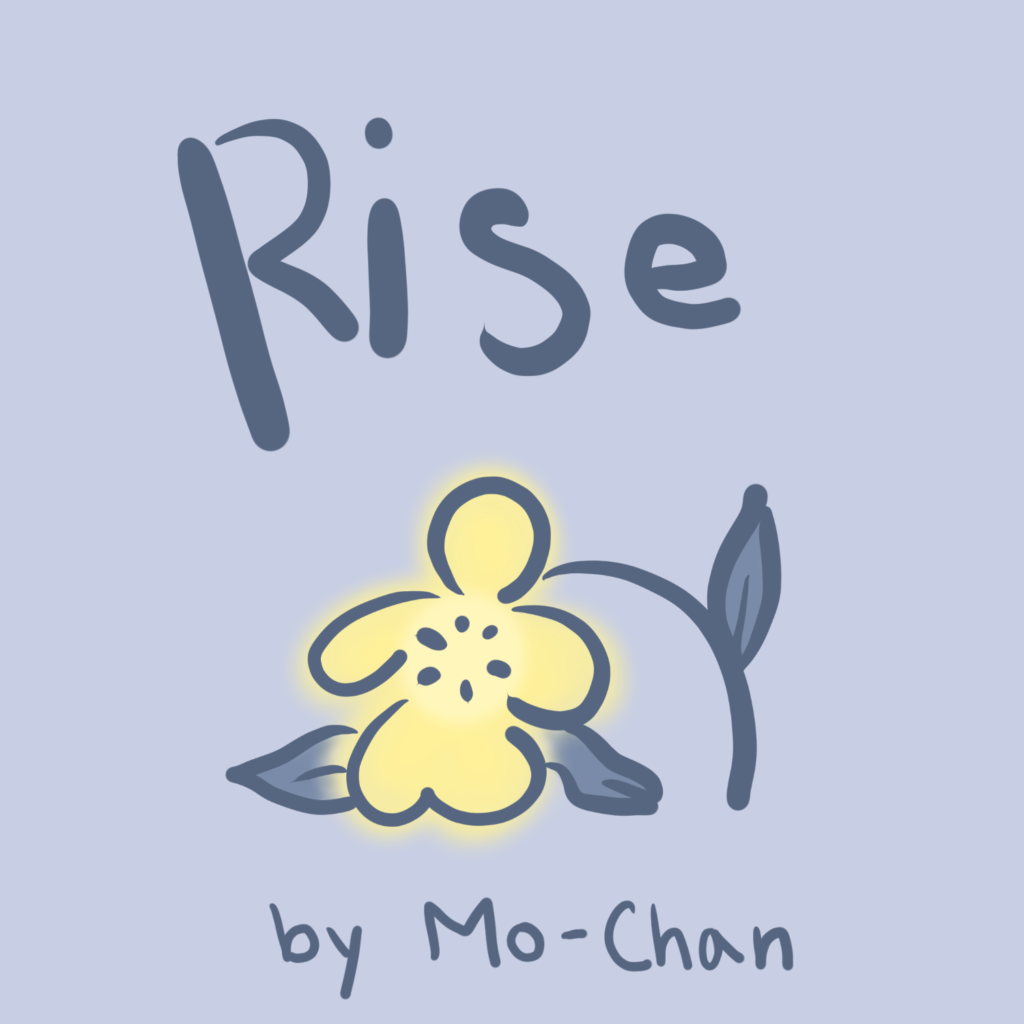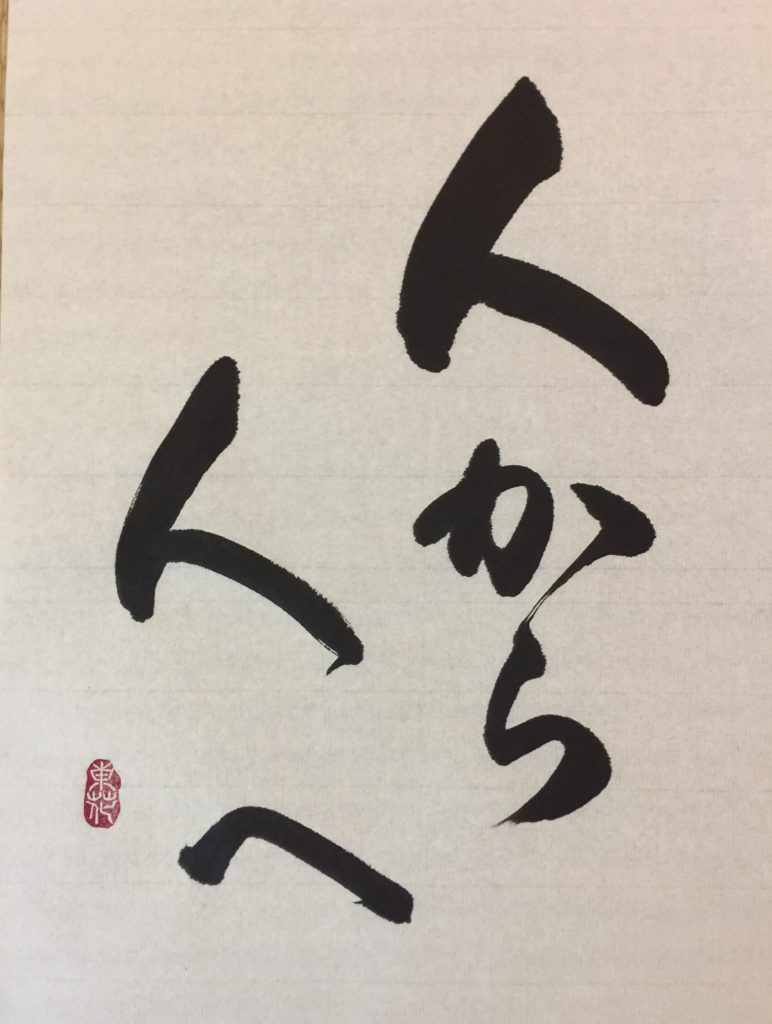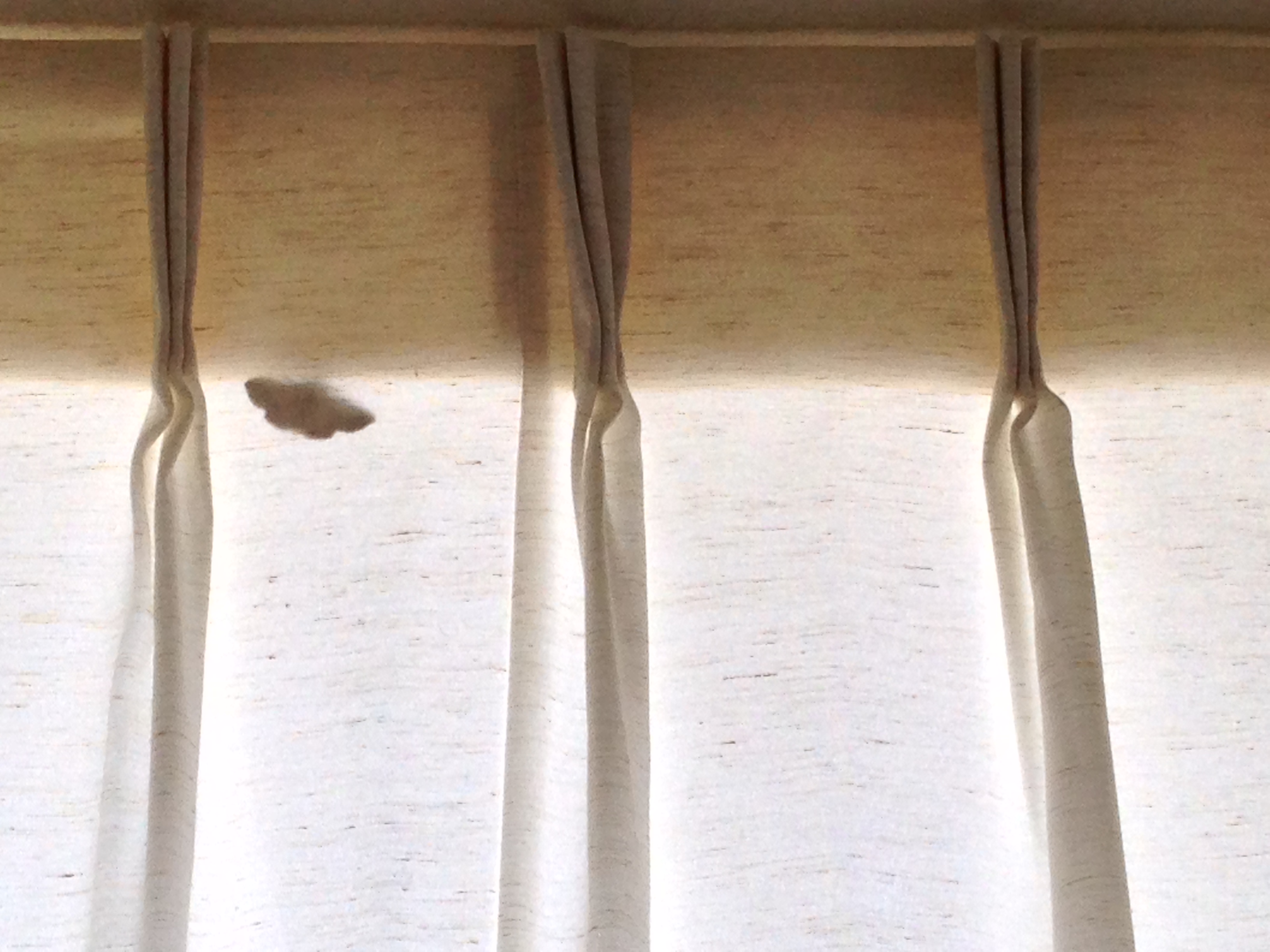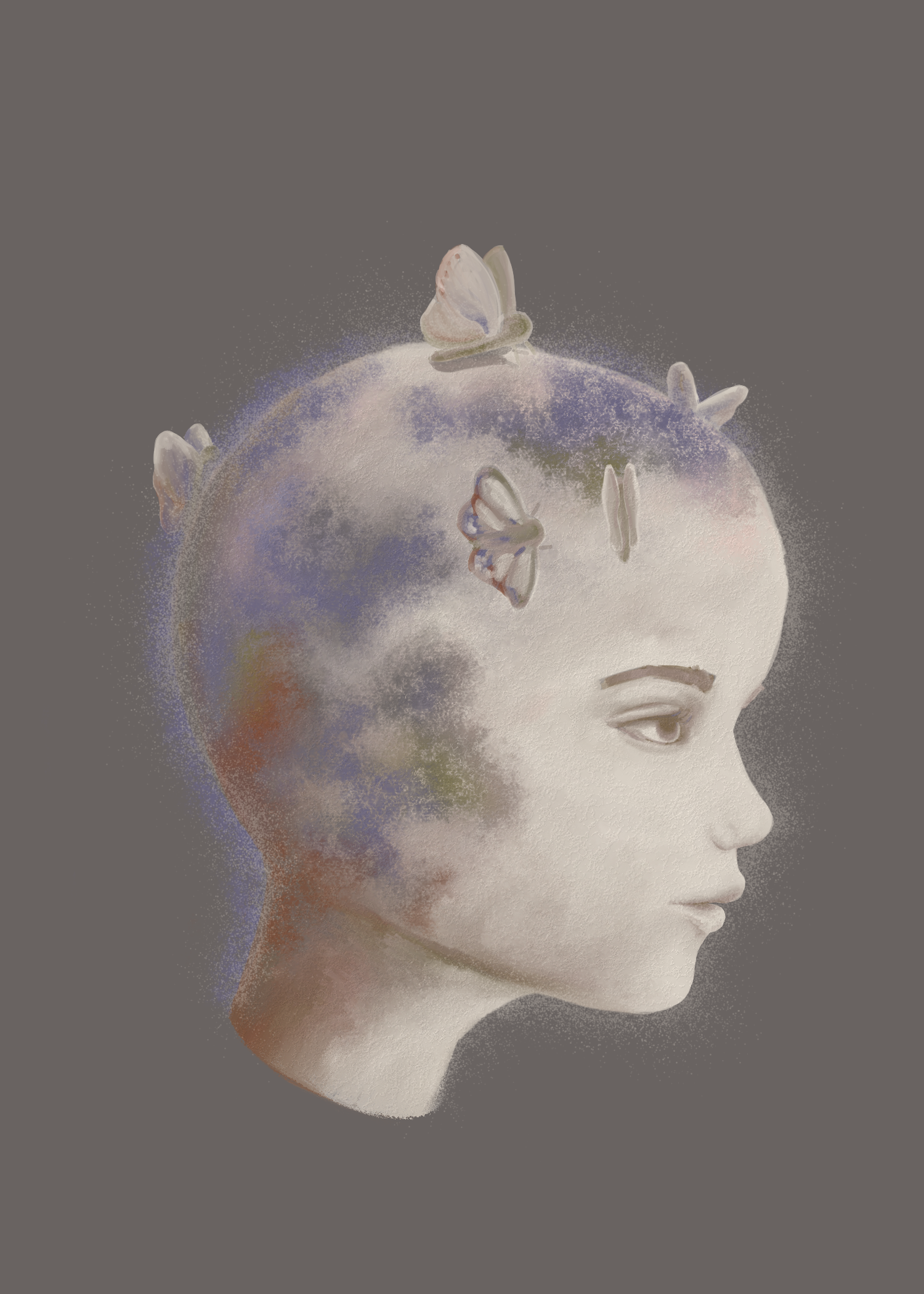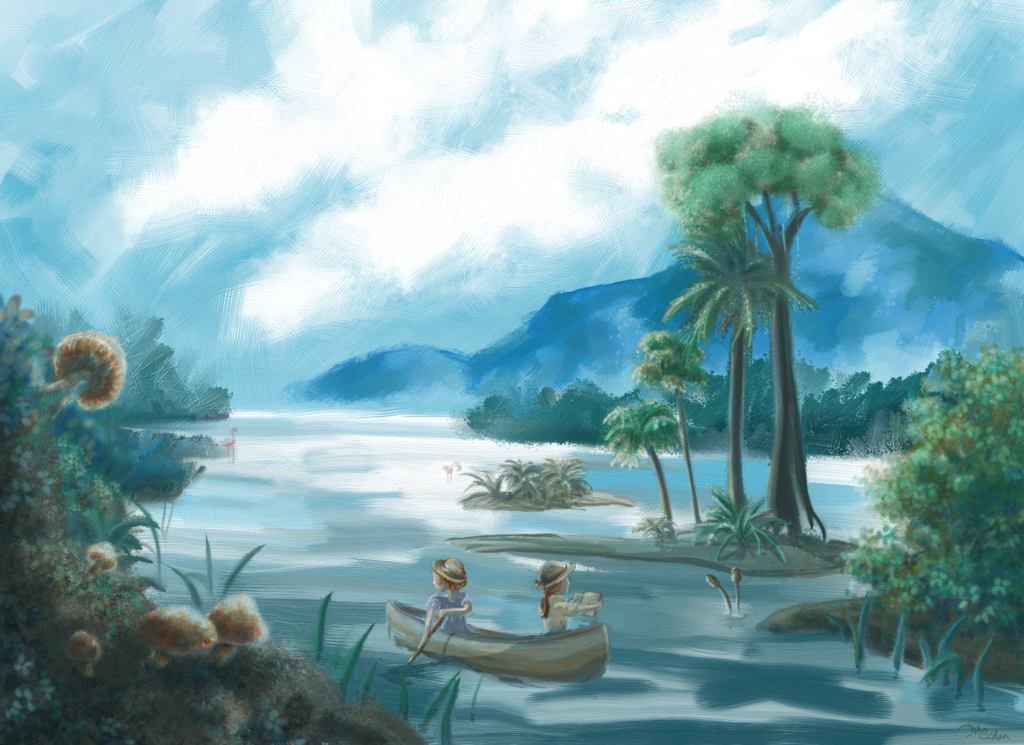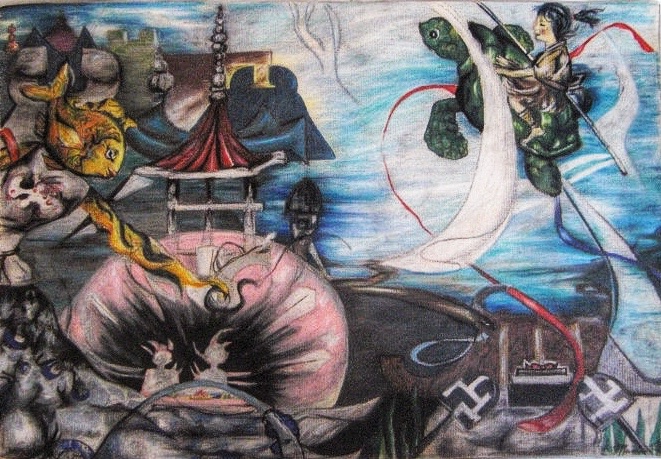Divine Menagerie
None of us created the animals on the earth. Aside from breeding already existing animals, they have come to be here on their own accord. They are our neighbors and in many ways, they are our teachers. Being wild, it is difficult to get into close proximity with a large variety of animals, but I imagine that when people more of the land would encounter animals back in the day, they must have received their messages and teachings. I want to be more of the land again..
I wrote the above passage barely a week ago, and–as of this morning– I think my longing has been heard. I’ll explain.
A Divine Visitor
Your meditation spot can be as sacred of a space as you would like to make it. You can sit on a cushion on the floor, light a candle to signal commencement, and choose a time of day that works with your schedule. My meditation spot is a chair in my bedroom facing the open window. I like the early morning like 5 or 5:30am, when it’s often still dark outside, but a hint of something in the air tells you that morning light is on its way. This was exactly the case this morning as I headed towards my meditation spot after doing some stretches in the living room. I returned to the dark bedroom where a subtle twilight glow gave everything a little bluish shimmer. I walked over to my chair by the window, and screamed.
Was it a rodent?! No, it was large and dark feathered, sleeping in the window sill. Well, sitting on top of the netting right outside the window sill–the very netting that had been repaired a couple of weeks ago for the purpose of keeping such feathered friends away. The bird was darkly colored, but I could not tell very well because it was too dark outside. Also, its head happened to be twisted and tucked so deeply into its body in such a way that it looked headless!! I turned the light on and by then, Norm had come over to see what all the fuss was about. For a few moments we stood there in awe of the aliveness of the ruffled dark creature, though it had yet to move. Eventually, Norm left and I decided to try to welcome the energy of this divine visitor into my morning meditation space–after all, I DO love birds.

So, I sat down in my chair and closed my eyes. …But no matter how I tried to approach the task, something was just too eerie about this bird. This was because it still hadn’t budged an inch since I’d discovered its presence and even screamed in its face. I wanted the satisfaction of seeing it move even just a little. I decided to tap on the window sill with a paint brush *tap tap tap* and then spoke to it.
“Oh, mister biiiiiiiiiirrd. Are you sleeping here?” I flickered the bedroom lights on and off and tapped all around the window, doing everything but poking at it through the screen. Nothing.
Ok.. It might be dead. Though I thought I could sense its aliveness, I very quickly could tell myself a story about how the bird was old and tired, came to my window sill, tucked its head in tightly and died in its sleep. It could be very possible for a bird to die in such a way and rigor mortis set in, freezing up its legs while it had been grasping the netting which would explain why the bird looked so solid and upright.

“Forget it,” I thought to myself. I no longer want to do my morning meditation with this creature in my space–divine or not–dead or not. So, I left to meditate out in the living room.
I won’t go into too much detail about my meditation, but here are the big bits. Among the energies active in my space was adrenaline and a lot of questioning. So, I flushed those energies out and replenished with fresh Nowness energy. Once I became more centered, I decided to look at the energy of the bird still in my space. Yup, it was still there. Time to take it out of my space–dead or not. Despite all the dizzying early morning excitement, I still could see the bird as a divine visitor and smile about a few things.
After all, hadn’t I said that I wanted to be more of the land? To feel connected to the wild animals?

Well, I’m laughing to myself and waking up to the realization that I am having a morning adventure. These are good signs. Meditation lasted about 22 minutes. “Who knows,” I thought to myself, “maybe when I go back to the bedroom later, dead rigor mortis bird will magically be gone.” As I walked down the hallway about to turn into the bathroom, I glanced at the window sill in the bedroom expecting to see that dark headless lump.
But I didn’t see any darkness. So, I ran into the room right up to the window and was shocked to find that the bird was gone! Not a feather remained. Staring at nothing but net, a burst of awe like a personal energetic super nova of playfulness passed through me. Along with it came realizations. It was never a rigor mortis bird. It WAS a divine visitor! ..and the aliveness I had felt was real.
After the inner super nova dissipated, I had just one thing to say:
“That is NOT an alert bird.”
__________
Divine Menagerie
Along with this headless rigor mortis bird, there are other divine visitors I will definitely not be forgetting any time soon. Like this albino? gecko that greeted me after a run one morning.

I’ve since seen nothing remotely similar! Once I woke up to a giant moth the size of my hand chilling on the wall of the lanai. It hung around as I wrote a blog post that morning.
I consider animals that show up in my head to be divine visitors as well. In fact, those visitors are sometimes even more mysterious, especially considering the circumstances in which they make their unplanned appearance.
A little over a year ago, I was sitting in my living room completely spaced out. I had borrowed a book from the library on birds of Hawaii. I recalled the librarian who had helped me check out my books. She informed me I had some late fines to pay, so I gave her what I owed. She dawdled at the cash register for a bit then came back with my change: one quarter. “There’s a sea bird on that quarter,” she said, looking me straight in the eyes. She must have seen that bird book I was borrowing. I took that quarter with the magic dust she’d sprinkled on it and dropped it into my coin pouch.
It was in this daze of reminiscing in my living room that one by one these cute fluffy birds appeared in my head–flying and bouncing into invisible walls with tiny eyes that were wide open just like that librarian’s eyes had been when she looked straight at me.



Me being me, I instinctively grabbed a paintbrush and painted what I’d seen. As the paint dried, I looked down at my three divine visitors. What fluffy birds in flight; all with such tiny heads. Wherever you guys come from, I’d like to go visit there.

This next divine visitor also appeared in my head. It was around a time recently when I was in the middle of making a big decision. Suddenly, the stoic image of a light brown bunny wearing a red cape blowing in the wind popped into my inner view. Bunnies always look hyper-alert to me. Their noses wiggle as they breathe somewhat nervously, and do they ever even blink their eyes? Yes, bunnies are cute and cuddly looking, but the lesson of the bunny– from what I see –is one of bravery.

It’s the smallest and most fragile of animals that require the most bravery to live alongside large, sharp fanged beasts in the wild. And a bunny in a cape must be that message amplified another notch. Be braver than your normal. Be a more super-you version of you. Ok, red-caped bunny; message received!
Then, there is the lesson of the koala. I grew up knowing very deeply that my grandma loves koalas.. so much that I think a part of me doesn’t draw a very distinct line between the koala and my grandma. (The same can be said about my aunt and hippopotamuses). When a person is drawn so deeply to an animal, it is a really special thing. No one has told me this, I just feel it in my bones. So, when this koala showed up in my head chewing on a eucalyptus leaf, I thought to myself, “Grandma!”

Once upon a time out of the magical void of creation came this super peculiar creature that only eats one thing and sleeps 20 hours a day. Basically, it eats and sleeps. What kind of lesson is this? Why, that sounds like rejuvenation. It also tells me that we should take the time to find the one thing that we need to eat to nourish ourselves. Maybe something is more easily accessible, but as lazy as the koala may seem, it doesn’t just eat whatever is nearby, it knows it must find and eat the one and only thing that can nourish it. That is quite the lesson!! Thank you koala.
Next in my divine menagerie is this long-legged pink fellow. The long-legged part of me relates to the flamingo, except my legs are not as thin. What kind of intelligence must the flamingo store in its legs? Something that lets it feel so secure and in balance that it only really needs one to perch on while it rests.

Its pinkness is really cheerful and uplifting. Along with so much expression taken from its long black curved beak.. so many parts of this creature can seem awkward to the eye (like that twistable neck!) yet the flamingo looks to have a steady, pleasant outlook. “Find balance and have some fun with what you got.” How you look on the outside to someone else doesn’t have to be how you feel on the inside. And anything that is pink and walks around in life is sure to bring out some amusement in others, don’t you think?
________________
Adolescent Mo-Chan

My final story is one from my childhood. I have been called Mo-Chan ever since I can remember. So much, that I never felt comfortable being called Maureen. It was as if the name belonged to someone else. There was a lot of plasticity to my identity as a child, that carried into the awkward years as I ripened into an adult. How did we walk that dividing path? With one leg in childhood and one leg in the widening perception of adulthood? What parts of the child did you hold on to? Or did you reluctantly let a lot go?
For me, on particular days that I felt I needed to be closer to the “real” me, I would put on skunk ears. You know, those furry headbands with ears attached to them that people often wear during Halloween? I had a pair of skunk ears–black furry pointed ears with a nice tuft of white that fluffed out between them.

I never explained to anyone why I would put them on, not even to myself. It was just something that needed to happen sometimes. I’d put them on and sit down to play around on the piano. Or I’d put them on, wrap myself up in a blanket and hobble around the house on the weekend. There was one great picture of me on Easter (I think), in an oversized tie dye shirt, with a quilt wrapped around me like a long skirt, laying on the driveway with my skunk ears on shielding my eyes with one hand from the glare of the sun. My black and white cat Bushy was sniffing at my horizontal self. This was how I really indulged in being Mo-Chan back then. I did and did not know what I was doing. I was just being myself.
Nowadays, I practice sitting with myself and feeling if the skunk ears are on or not. How “me” am I right now? How concerned am I with explaining to others who, what, and the whys of my life? This is an interesting thing to reflect on especially during this time of year when it is normal for many people to dress up in costume. Maybe we assume we are dressing up as something else, but maybe we are letting ourselves embrace a part of us that we don’t “let out” so often in our lives. Express some part of ourselves, no questions asked and with no need for explanation. We get to come together as we are and all play the same game!
Self-expression–whether you are painting a picture or dressing up in clothing–is about practicing being ourselves. How well can you do it? (Not how nice do other people say you or your painting look.) How close do you get to your authentic self? As I write this, I check to see if the skunk ears are still on..
One easy way for me to know that I am accessing or aligned with my skunk ears-self is when I paint or draw something that EVEN surprises me.
I love being surprised by myself, because I believe in that moment, an assumption we have carried is brought into light. Otherwise, why would we experience surprise?? The assumption might be as simple as, “the world is known to me; I am known to me; there isn’t much else out there.” Then BAM!! You see something (in the physical or not) that brings you a rush of surprise. And when an assumption is brought to light, it is automatically destroyed by the experience of surprise itself. So, if you can be surprised by yourself, you can keep your brain from indulging in too much “I know that already” chatter and maybe even begin to look for surprises–really believe that you don’t know the half of everything.. not even close.

